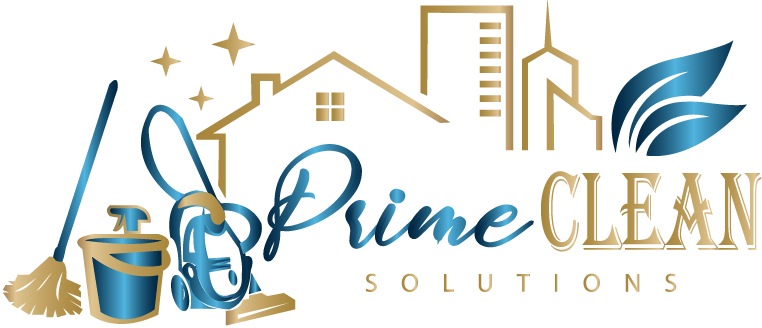Creating an Eco-Friendly Cleaning Routine

In today’s world, where environmental consciousness is paramount, every aspect of our lives, including our cleaning habits, plays a crucial role in preserving our planet. Switching to an eco-friendly cleaning routine isn’t just about reducing exposure to harmful chemicals; it’s also about making a positive impact on the environment. Here’s why and how you can create an eco-friendly cleaning routine that’s both effective and sustainable.
Why Eco-Friendly Cleaning Matters
Traditional cleaning products often contain harsh chemicals that can be detrimental to both our health and the environment. These chemicals can linger in the air and surfaces long after cleaning, contributing to indoor air pollution and potentially causing health issues such as respiratory problems and skin irritations.
Moreover, many conventional cleaning products come packaged in single-use plastic containers, adding to the mounting plastic waste crisis that pollutes our oceans and harms marine life. By transitioning to eco-friendly alternatives, we can reduce our carbon footprint and minimize the ecological damage caused by traditional cleaning practices.
Tips for a Sustainable Cleaning Routine
Homemade Cleaning Solutions:
One of the easiest ways to embrace eco-friendly cleaning is by making your own cleaning solutions using simple household ingredients. Vinegar, baking soda, lemon juice, and essential oils are all excellent natural cleaners that can effectively tackle dirt and grime without harming the environment. Mix these ingredients in reusable spray bottles to create non-toxic, budget-friendly cleaning solutions for every part of your home.
Reduce, Reuse, Recycle:
Minimize waste by opting for reusable cleaning tools such as microfiber cloths, washable mop pads, and durable scrub brushes instead of disposable alternatives. Additionally, choose concentrated cleaning products that allow you to dilute them with water, reducing the amount of packaging waste generated. When disposing of cleaning products, always follow proper recycling guidelines to ensure they’re recycled responsibly.
Choose Eco-Friendly Products:
When purchasing cleaning products, look for labels that indicate they are eco-friendly, biodegradable, and free from harsh chemicals like phosphates, chlorine, and artificial fragrances. Many brands now offer environmentally conscious alternatives that are safe for both your family and the planet. Supporting these companies encourages sustainable practices and helps drive positive change in the cleaning industry.
Conserve Energy and Water:
Implement energy-saving techniques while cleaning, such as turning off lights and appliances when not in use and using cold water for laundry whenever possible. Additionally, avoid wasting water by using efficient cleaning methods that require minimal rinsing, such as steam cleaning or using damp cloths instead of running water.
Conclusion
Transitioning to an eco-friendly cleaning routine isn’t just a trend—it’s a responsible choice that benefits both our health and the environment. By adopting sustainable cleaning practices, such as using homemade solutions, reducing waste, and choosing eco-friendly products, we can make a meaningful difference in preserving our planet for future generations. Let’s embrace sustainability and transform our cleaning habits for a cleaner, greener world.

